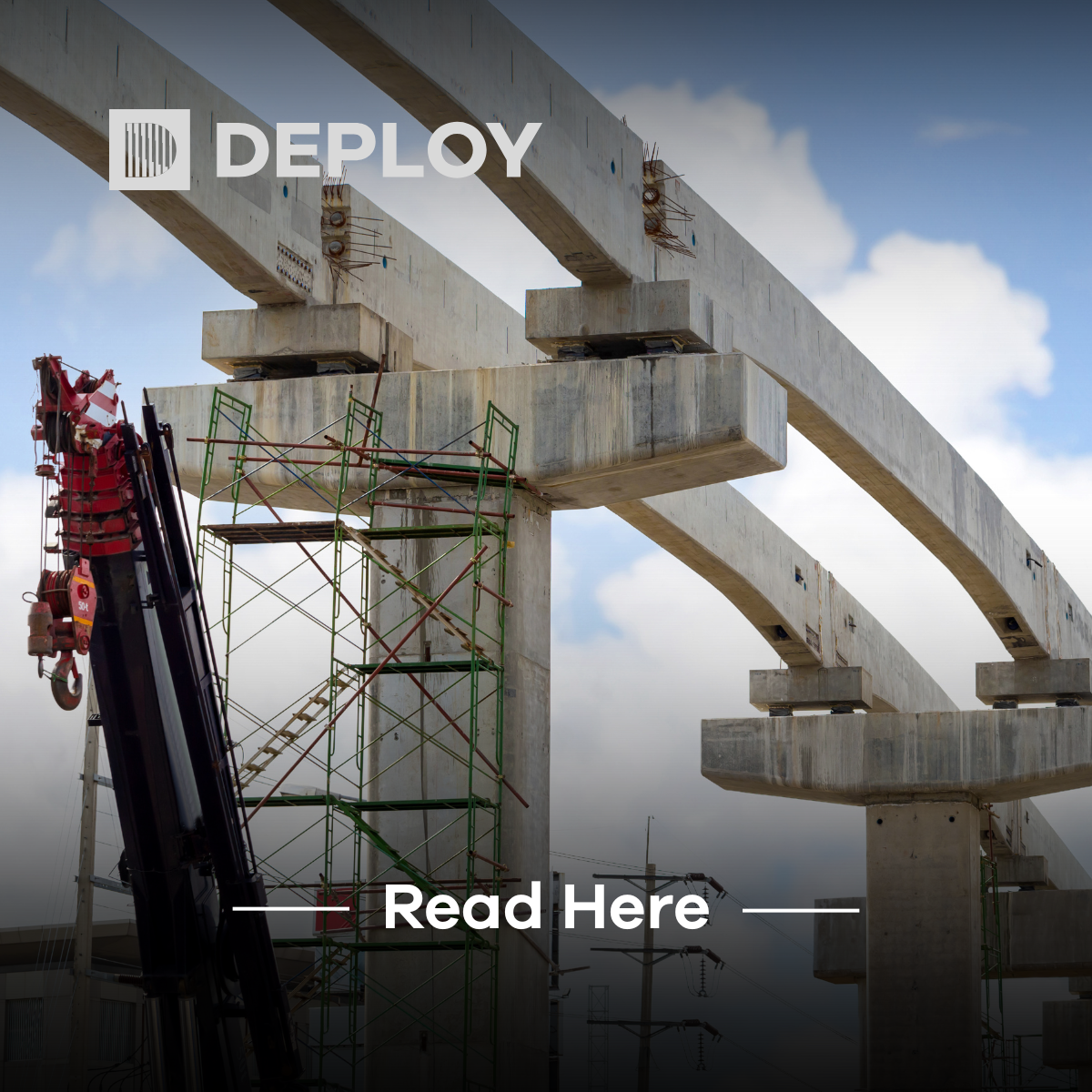Inside the Largest Rail Infrastructure Investments
As cities expand and global populations grow, the demand for efficient, sustainable, and high-capacity transportation has never been more critical. Rail mega-projects (multi-billion-dollar infrastructure investments that reshape the way people and goods move) are at the forefront of this transformation, promising to enhance connectivity, reduce congestion, and support environmental goals. These projects, spanning continents and technological frontiers, are not only engineering marvels but also significant economic and environmental undertakings, requiring careful planning, investment, and execution.
Economic Impact
Rail mega-projects represent an investment in the future, facilitating economic growth by creating jobs, boosting trade, and increasing mobility. By improving transport links between major cities and industrial hubs, these projects can unlock economic potential and drive regional development. For example, China's Belt and Road Initiative includes vast high-speed rail networks that enhance trade efficiency and stimulate local economies along their routes, demonstrating how strategic investments in rail can catalyse growth on a global scale.
In Europe, the High-Speed 2 (HS2) project in the United Kingdom exemplifies the economic power of rail infrastructure. Designed to connect London, Birmingham, and Manchester with ultra-fast rail services, HS2 is expected to create thousands of jobs, reduce travel times, and alleviate congestion on existing rail networks. By offering faster and more reliable transport options, such projects contribute to increased business productivity and economic decentralisation, spreading prosperity beyond major urban centres.
Moreover, in developing economies, rail mega-projects can be transformative by providing efficient and affordable transport options, fostering trade, and linking previously isolated communities to economic opportunities. The Lagos-Calabar Railway in Nigeria, for instance, is set to revolutionise transport across the West African nation, improving supply chain logistics and passenger mobility while promoting regional integration.
Environmental Considerations
As concerns about climate change and carbon emissions continue to mount, rail mega-projects play a crucial role in advancing sustainable transport solutions. Rail is widely regarded as one of the most energy-efficient modes of transportation, producing significantly lower greenhouse gas emissions per passenger or tonne of freight compared to road or air travel. Consequently, investment in rail infrastructure aligns with global sustainability targets and national carbon reduction commitments.
A prime example of environmentally conscious rail investment is the California High-Speed Rail (CHSR) project. Designed to connect major urban centres with fully electrified trains running on renewable energy, CHSR aims to provide a greener alternative to car and air travel, potentially reducing annual carbon emissions by millions of tonnes. Similarly, European projects such as Rail Baltica (an electrified high-speed rail corridor connecting the Baltic states) are being developed with a focus on sustainability, integrating renewable energy sources and reducing reliance on fossil fuels.
In addition to direct emissions reductions, rail mega-projects contribute to urban sustainability by reducing congestion and promoting compact, transit-oriented development. By providing a viable alternative to private car usage, they can alleviate pressure on road networks, lower urban pollution levels, and encourage more sustainable land use planning.
Challenges and Future Outlook
Despite their numerous benefits, rail mega-projects are not without challenges. The scale and complexity of these investments often lead to budget overruns, delays, and political disputes. Infrastructure projects like HS2 and CHSR have faced criticism over rising costs and prolonged timelines, highlighting the difficulties in balancing ambition with financial and logistical feasibility.
Furthermore, successful implementation requires meticulous planning, stakeholder collaboration, and technological adaptation. Innovations such as digital twin technology, where virtual models are used to simulate and optimise construction processes, are being increasingly utilised to improve efficiency and mitigate risks in large-scale rail developments.
Looking ahead, the future of rail mega-projects is likely to be shaped by advances in high-speed technology, automation, and sustainable energy integration. Projects such as Japan’s maglev Shinkansen, which utilises cutting-edge magnetic levitation technology to achieve speeds of over 600 km/h, demonstrate the potential for revolutionary advancements in rail transport.
Rail mega-projects are reshaping the global transportation landscape, offering significant economic, environmental, and social benefits. While they present undeniable challenges, their long-term potential to drive sustainable development and economic prosperity makes them a critical component of future infrastructure investment. As technology continues to evolve and sustainability remains a priority, these ambitious projects will play a pivotal role in defining the next era of global mobility.






